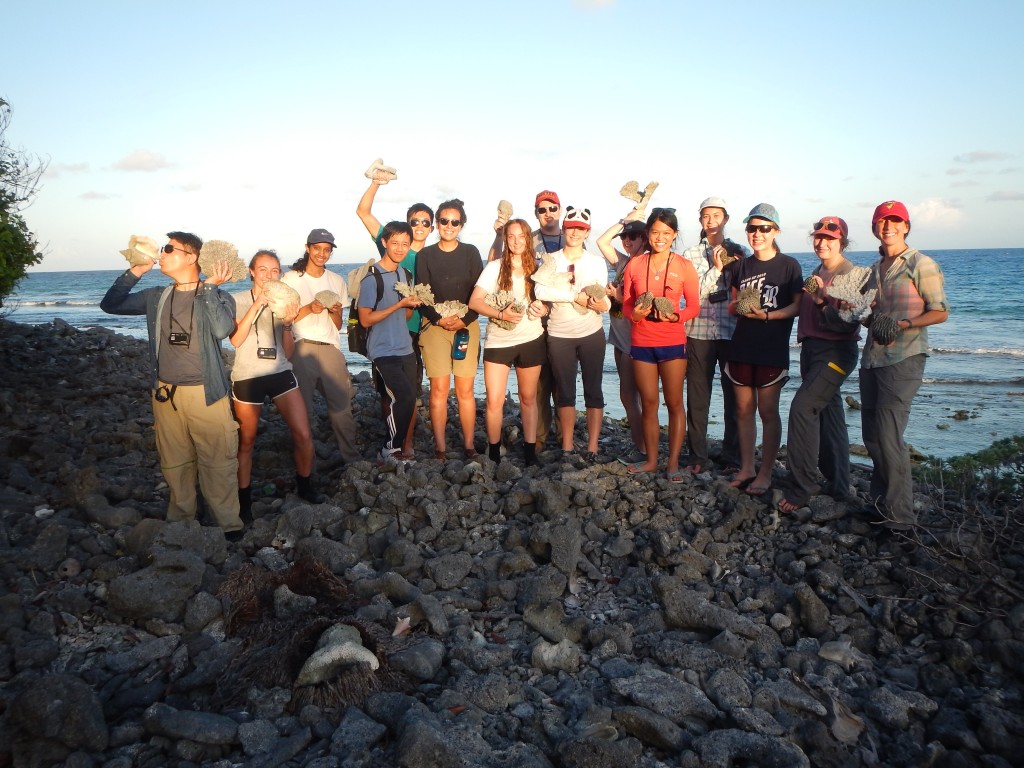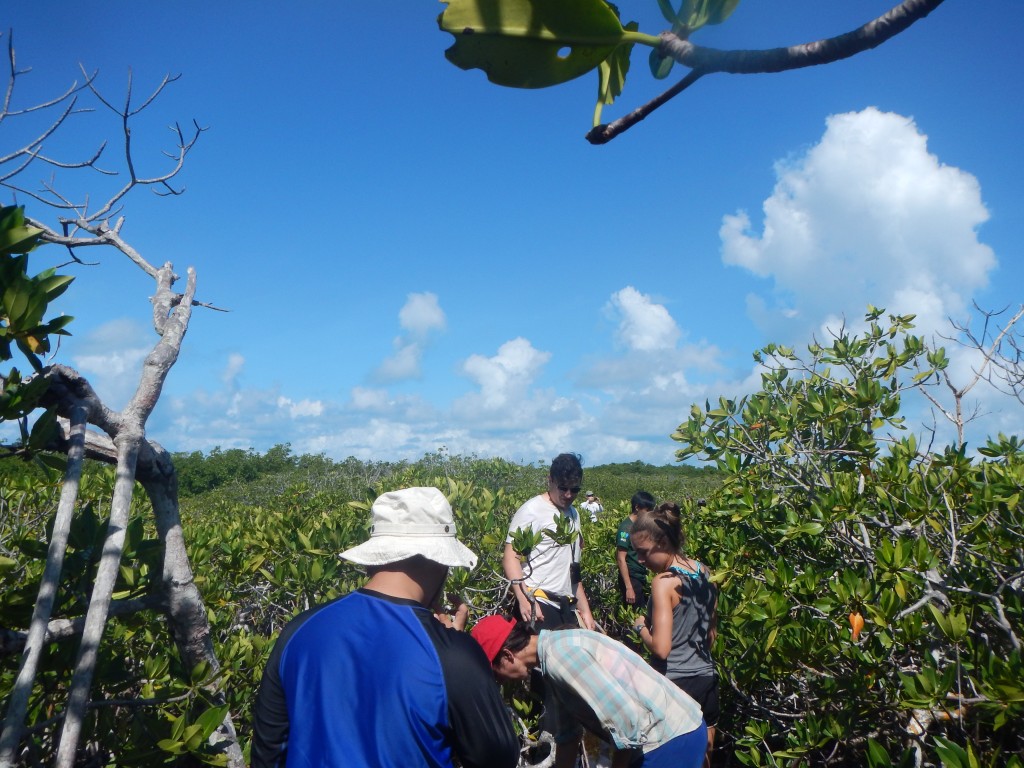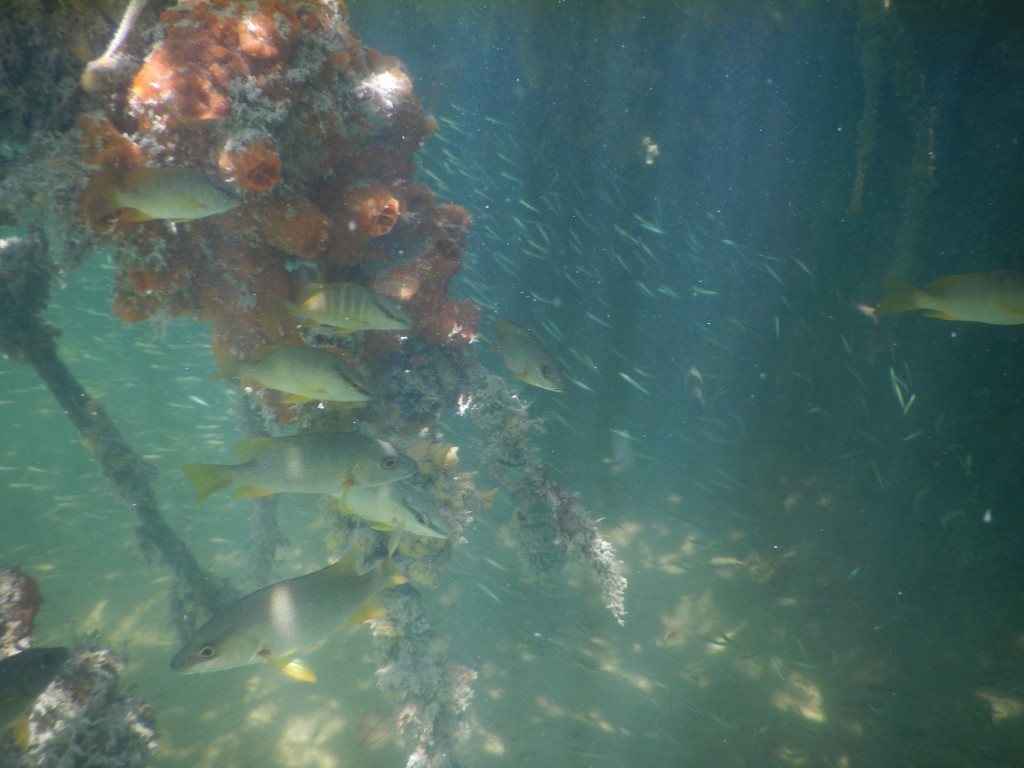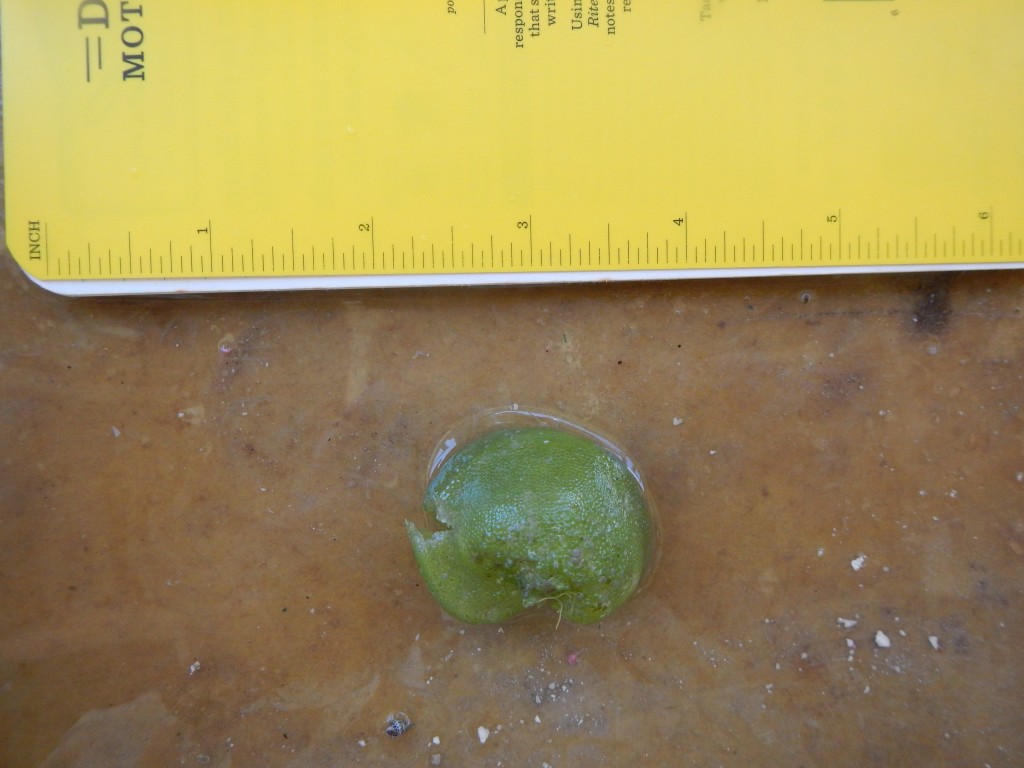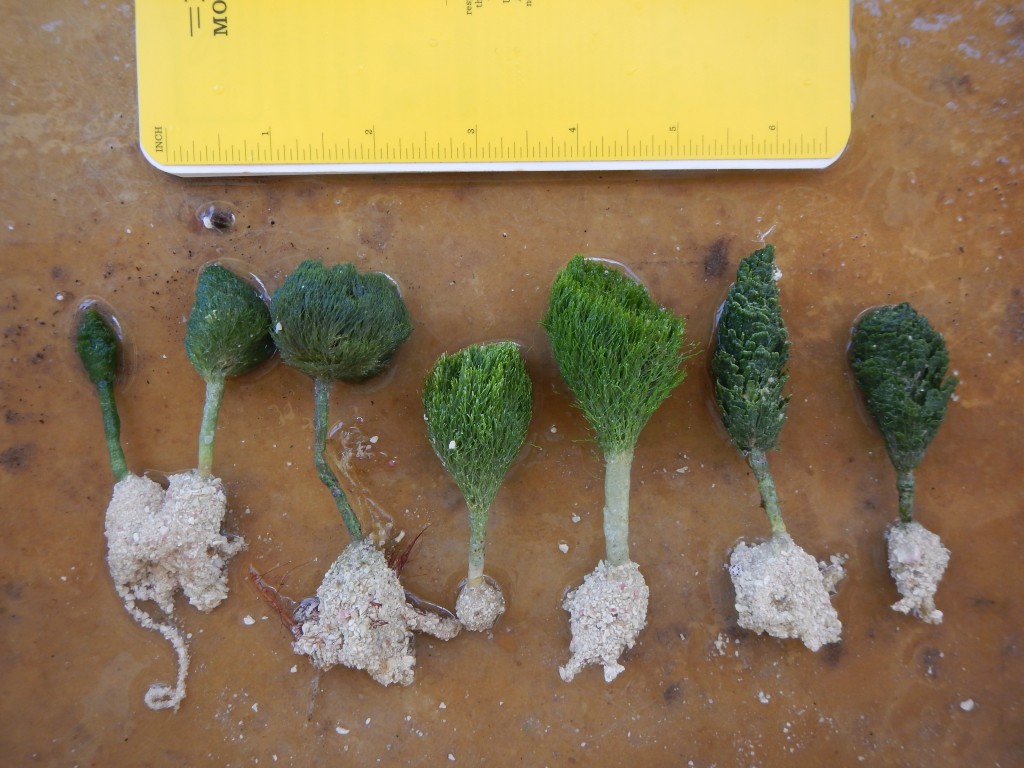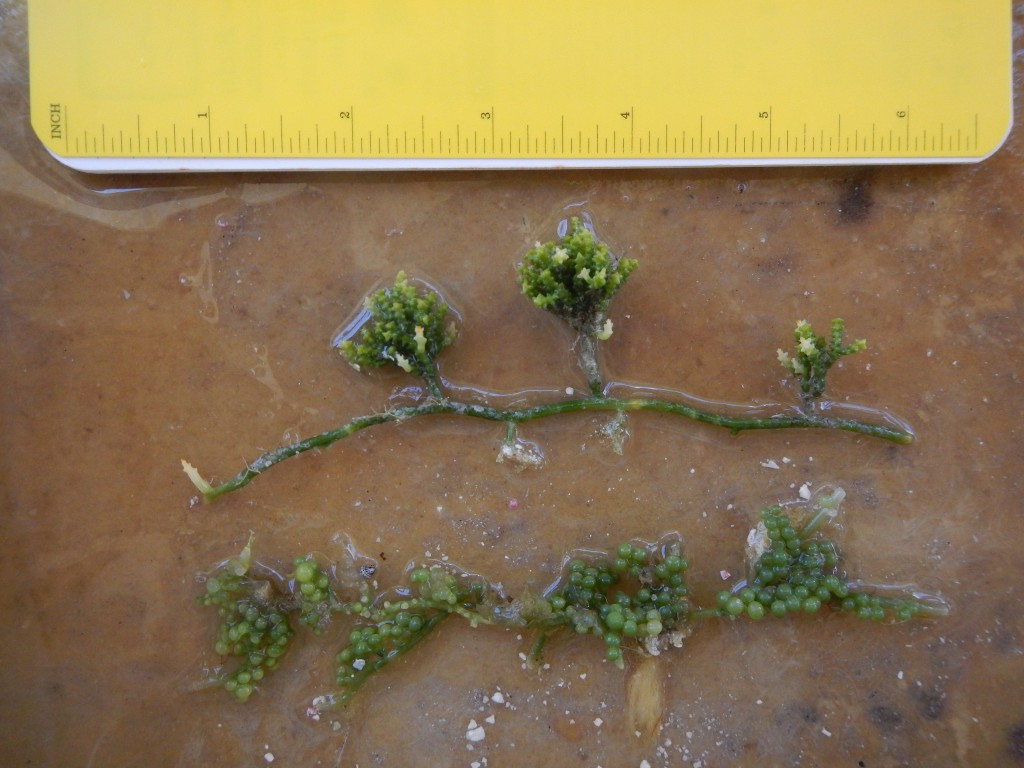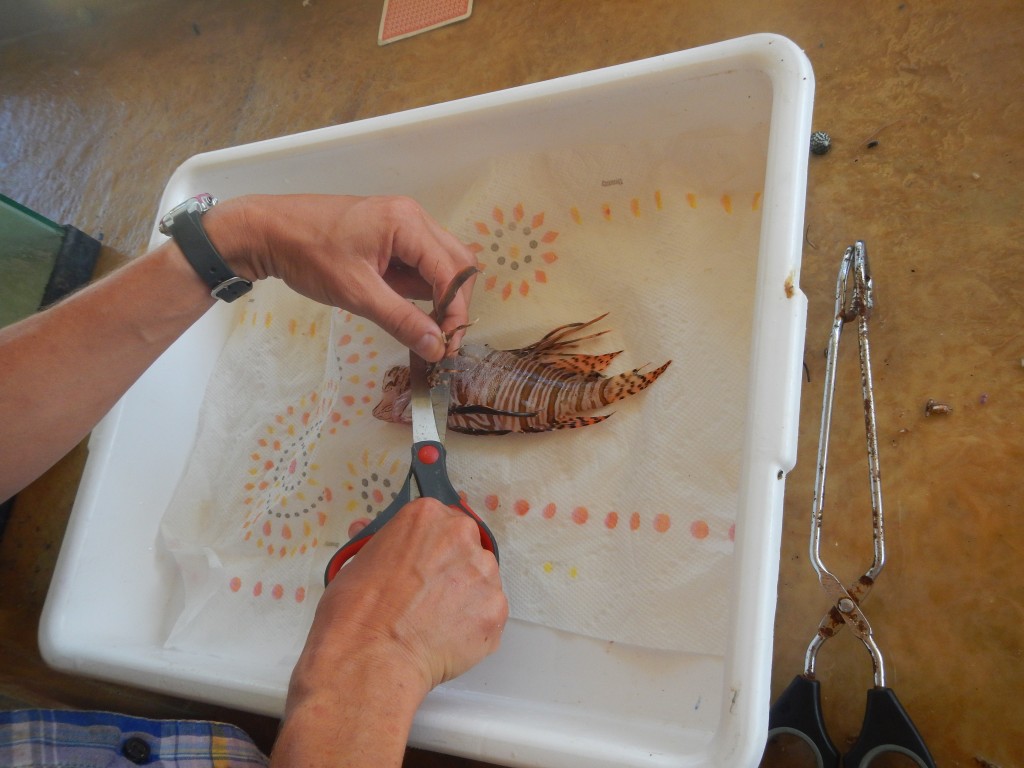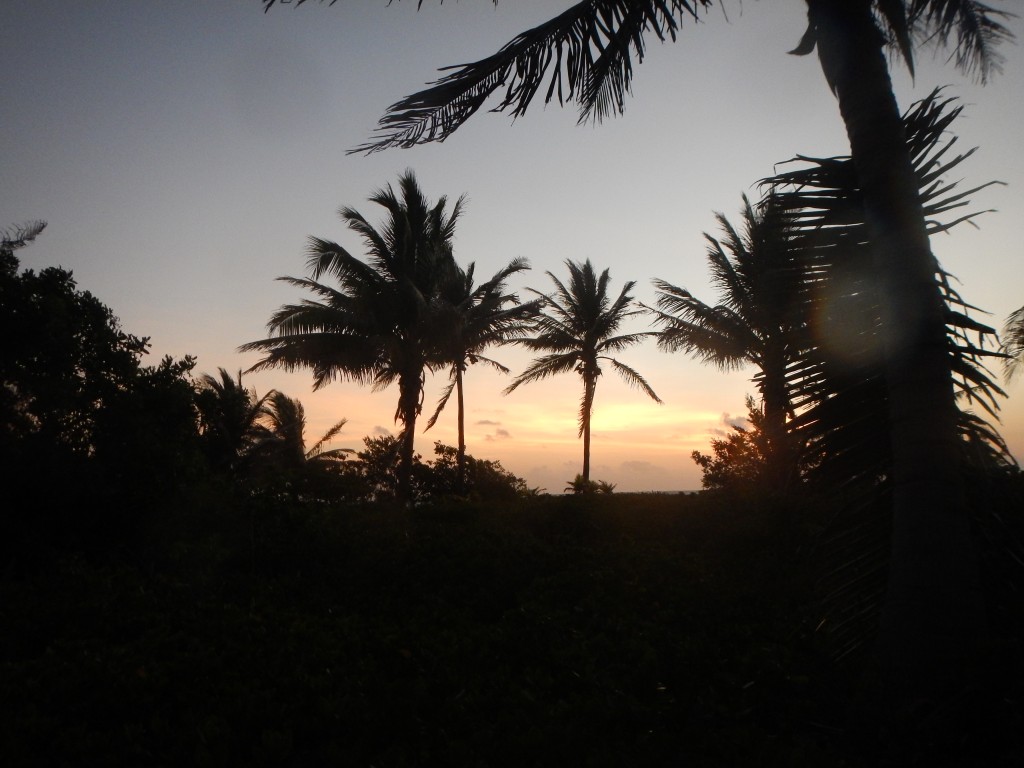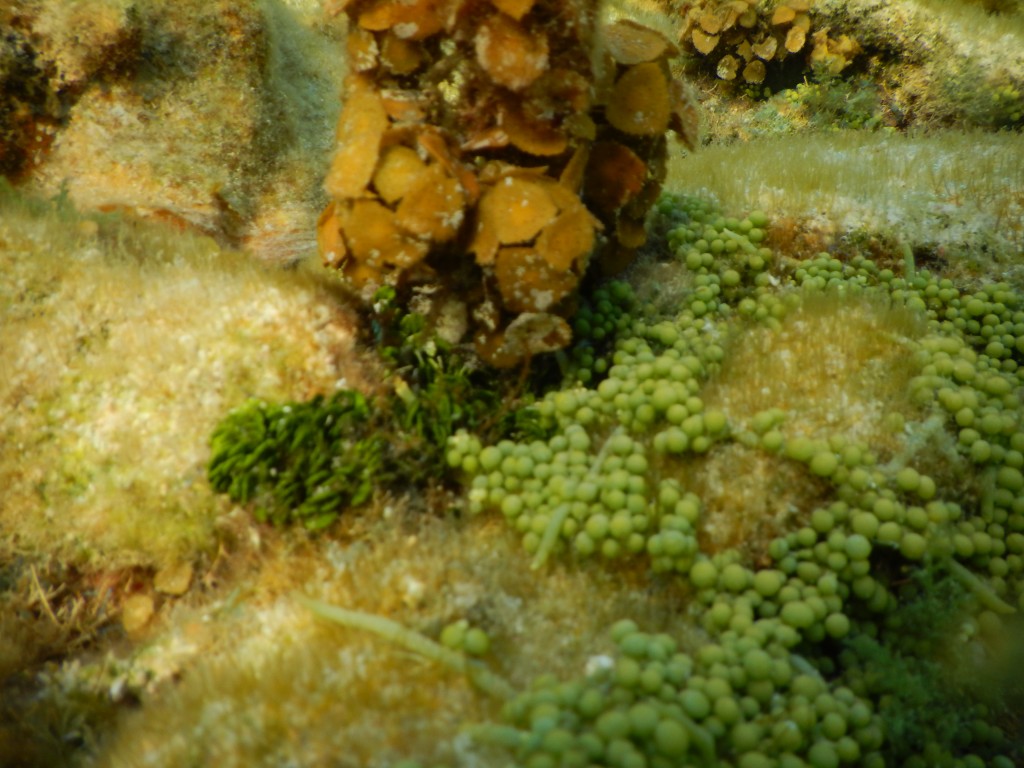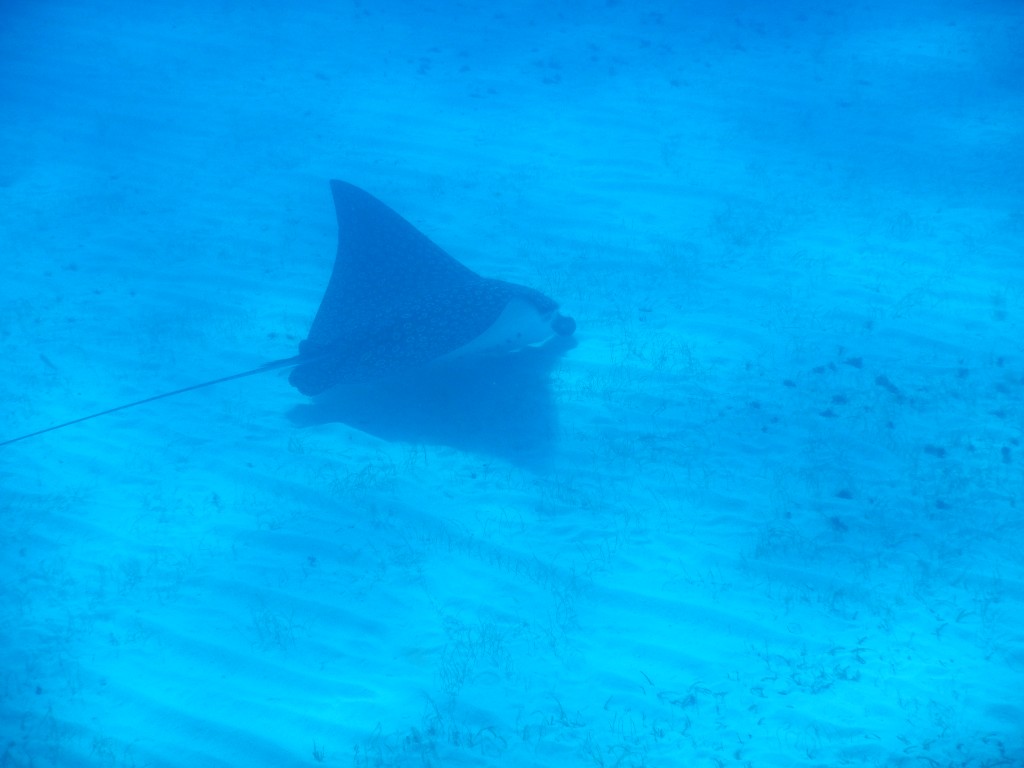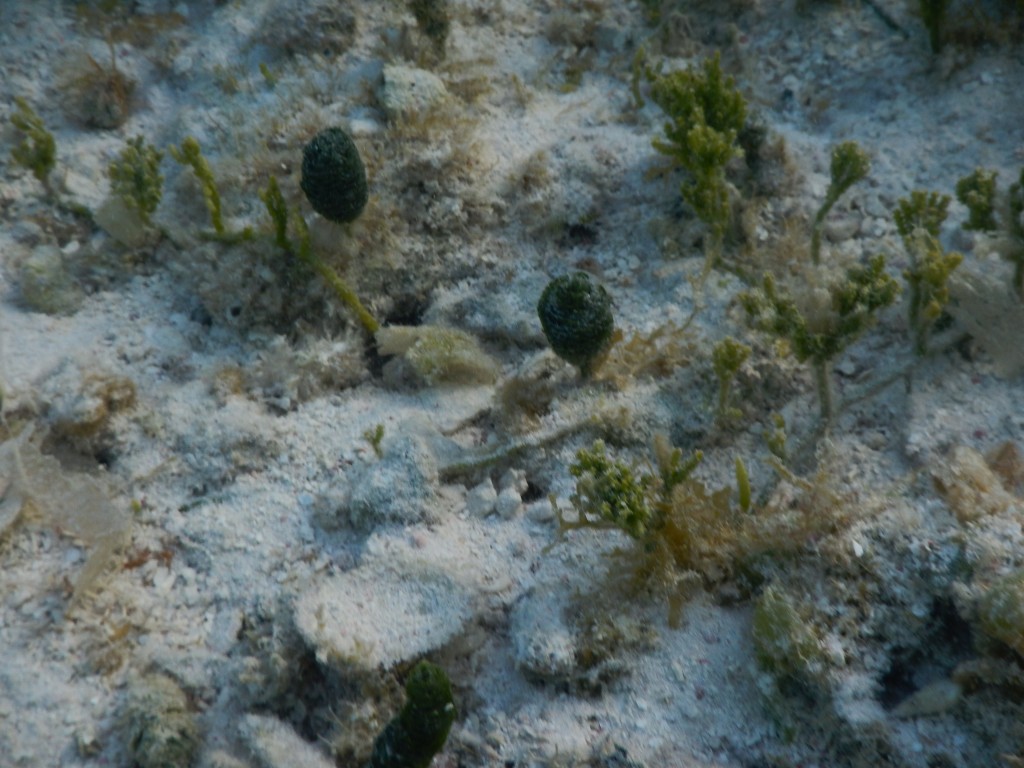Hi! My name is Noelle Hall and I’m going to be a senior at Brown College in the fall. I’m studying BioSciences with a concentration in Integrative Biology. I’m incredibly excited to explore the rainforests and coral reefs of Belize! I expect to encounter a wide variety of animal and insect species and to experience firsthand the incredible biodiversity that Belize has to offer. I’m looking forward to observing how ecosystems function in such a rich tropical environment and gaining a deeper appreciation for the species interactions and ecological relationships that I’ve only studied in class up until now.
To get ready for this trip, I’ve been doing a lot of hiking back home in Washington State, especially with my sister and mom. While the landscapes are very different from Belize’s tropical forests, the experience has helped me build up my stamina and comfort with being outdoors for extended periods. I’ve also been reviewing course material and packing!
I hope to learn as much as I can about tropical species and the roles they play within their ecosystems. I’m particularly interested in how species adapt to specific niches in such a biodiverse environment, and how those interactions shape the broader ecological community. I also hope to strengthen my field research skills—everything from species identification to data collection techniques—so I can apply what I learn here to future research in ecology or conservation.
I’m probably most nervous about the bugs and snakes we might encounter. That said, I’m also very curious and excited to learn about them ! The part of the course I’m most excited about is definitely snorkeling! I had the chance to snorkel before and loved doing so, and I can’t wait to see the marine biodiversity up close and learn how these ecosystems are studied and protected.
While I haven’t been to the tropics of Central America before, I’ve had some great hands-on experience with fieldwork through lab courses at Rice, including BIOS 211, BIOS 213, and BIOS 322. Most recently, I took the Conservation Biology Lab, where I really enjoyed participating in on-campus restoration work and studying how to manage and protect local biodiversity. That course helped spark my passion for conservation, and I’m looking forward to applying what I learned in a completely different environment like Belize.


